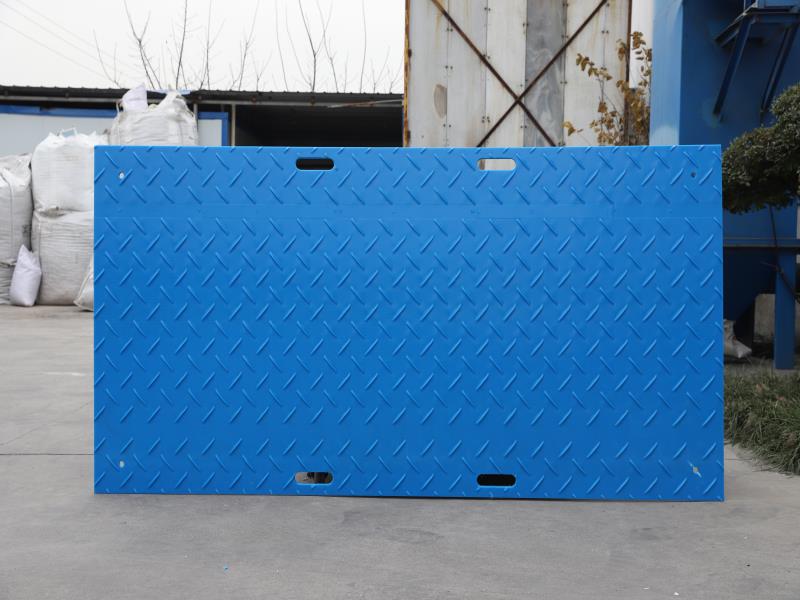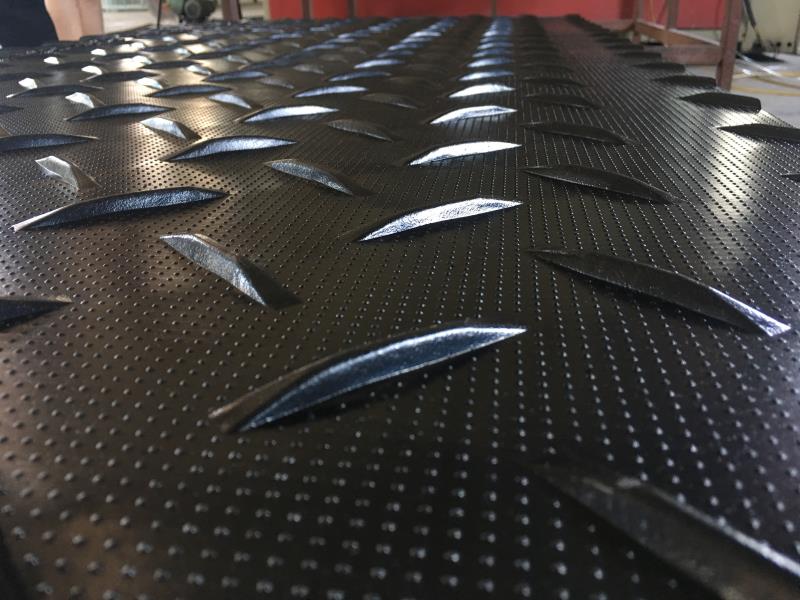13 November, 2024
0 Comments
1 category
When comparing durability between PVC (polyvinyl chloride) and rubber, it depends on the specific conditions they are exposed to, but here’s a general breakdown:
- PVC (Polyvinyl Chloride):
- Durability: PVC is quite durable, especially in outdoor applications. It’s resistant to weathering, UV light, and chemicals, which makes it a popular choice for pipes, flooring, and exterior applications.
- Strength: Rigid PVC is strong, resistant to impact, and has good dimensional stability, but it can become brittle over time, especially in extreme temperatures (either too hot or too cold).
- Lifespan: PVC can last a long time in the right conditions (e.g., pipes can last over 50 years), but it’s generally not flexible, and under extreme bending or impact, it might crack or break.
- Rubber:
- Durability: Rubber is generally more flexible and resilient than PVC. It can endure a lot of stretching, bending, and compression. Some types of rubber (like silicone or nitrile rubber) can handle extreme temperatures better than PVC, and rubber has excellent impact resistance.
- Strength: Rubber’s durability can vary based on the type. Natural rubber is more susceptible to wear and environmental degradation, whereas synthetic rubbers (like neoprene or butyl) are designed to resist ozone, UV rays, and chemical exposure.
- Lifespan: Rubber can last a long time in non-abrasive environments, but its durability can be compromised by ozone, UV exposure, and chemicals, leading to cracking or degradation. In high-stress environments, rubber might wear down more quickly than PVC.
In Summary:
- PVC is more durable in terms of rigidity and resistance to chemicals and UV exposure.
- Rubber is more durable in terms of flexibility, resilience, and impact resistance.
For rigid, structural applications (like piping or flooring), PVC might be the better choice. For flexible, high-stress applications (like seals, gaskets, or automotive parts), rubber could be more durable.
Category: Blog

